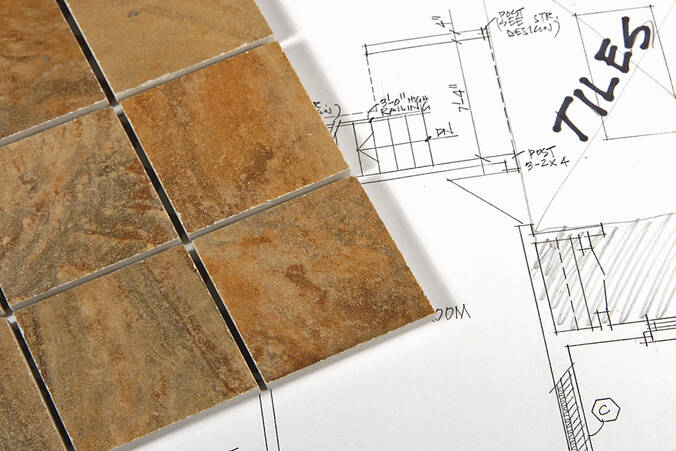Photographs: iStock
There are certain materials – such as marble, ceramic tiles and increasingly wooden flooring – that we always encounter as flooring materials. But there are several more. Interior designer Aman Gandhi helps us understand them better.

1Granite:
This is one of the strongest and most scratch-resistant flooring materials found in endless shades and colours. It is mostly used for commercial spaces such as malls, lobby spaces, etc, and also for staircases or entrance steps.
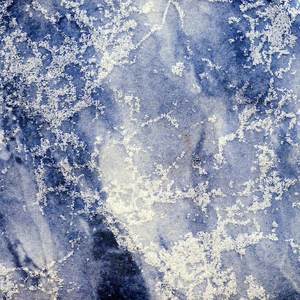
2Marble:
It has a certain elegance and considered to be in the 'luxury' bracket of materials. It has been traditionally used in religious places, palaces and havelis. However, it is susceptible to scratching and chipping, and requires regular maintenance. It is popularly used in bathrooms, kitchens and medical hospitals.
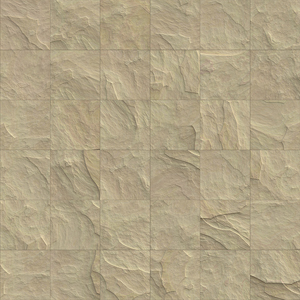
3Sandstone:
This rough-textured and visibly-porous material is commonly used in interiors for its aesthetic appeal, popularly as a highlighter. Owing to its porous nature, it should not be used as a flooring material for exposed terraces as it may result in seepage.
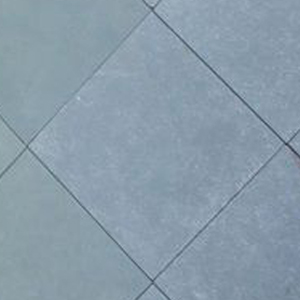
4Kota:
This stone is tough, non-water absorbent, non-slip, non-porous, affordable and easily available. The rich greenish-blue and brown colours are the most popular. It is commonly employed in industrial spaces such as factories, warehouses, etc.

5Slate:
It works beautifully in both outdoor and indoor spaces as it is water resistant, comes is varying earthy tones and is naturally textured.
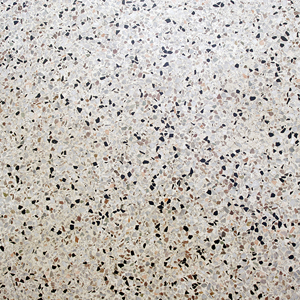
6Terrazzo or mosaic:
This is made of small broken pieces of tiles. It creates a pleasant look and is extensively used in living rooms, bedrooms, etc. Earlier, it was very popular as a residential flooring material, but nowadays it is used more as a floor highlighter.
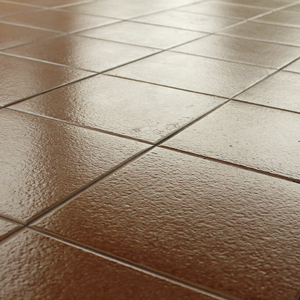
7Ceramic:
These are tiles made from mixture of clay and shale that is baked and hardened in a kiln. It is further subdivided into porcelain tiles, vitrified tiles, glazed and non-glazed varieties… Tiles enjoy immense popularity in both residential and commercial applications, but the class of tile – that is, how much wear and tear a particular tile can withstand – is to be considered when employing it as a flooring material.

8Brick:
This is the mainstay of buildings in India since the times of Mohenjodaro and Harappa. It is economical and doesn't require very skilled masons.
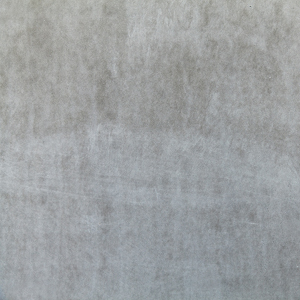
9Cement concrete:
If made and laid properly, this flooring is quite durable, economical and maintainable. However, if the mixture or the 'installation' isn't correct, it is prone to cracking. Its aesthetic beauty is quite unique.

10Wood:
It is commonly used in cold climates. It is also environment-friendly, durable and reusable. Its types are hardwood and engineered flooring. There's also laminate flooring, which is not wood, strictly speaking, but it counted in this segment. It is aesthetically superior but the one major drawback is that it gets easily damaged by water. Bamboo flooring is also a type of wooden flooring. It is eco-friendly, attractive, strong, resilient, dimensionally stable and moisture- and stain-resistant.
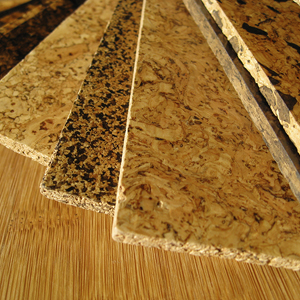
11Cork:
This is an organic product made from thinly sliced cork from trees. It has good heat and sound insulation properties, and is climatically more adaptable, easily maintained and anti-bacterial. It is preferred in fitness centres due to its spongy nature -- which gives it great resilience.

12Rubber:
This is a popular choice for commercial and high traffic environments. It is strong, tough, resilient against many conditions and water- and fire-resistant. It doesn't demand much maintenance and is soft to touch. However, on the other hand, it is expensive, slippery and susceptible to seepage, loosening of adhesive and curling of tiles.
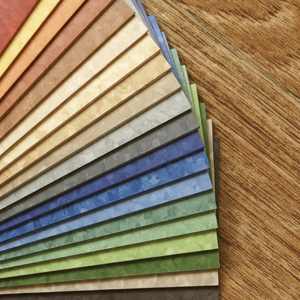
13Vinyl:
This is available as sheets or tiles, for both commercial and residential use.
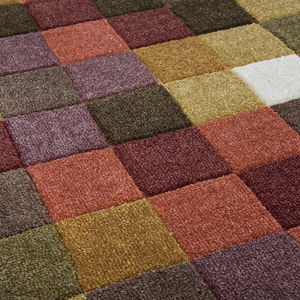
14Carpet:
This is a widely used soft floor covering made of wool, nylon and polyester. It is available in a wide range of colours and patterns. It is used in cinemas, home theatres, drawing rooms, etc.
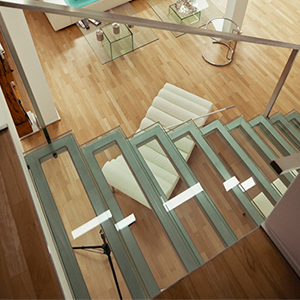
15Glass:
It is used in places where vertical transparency is required. Commonly used in research centres as glass, as a material, is quite non-reactive.


